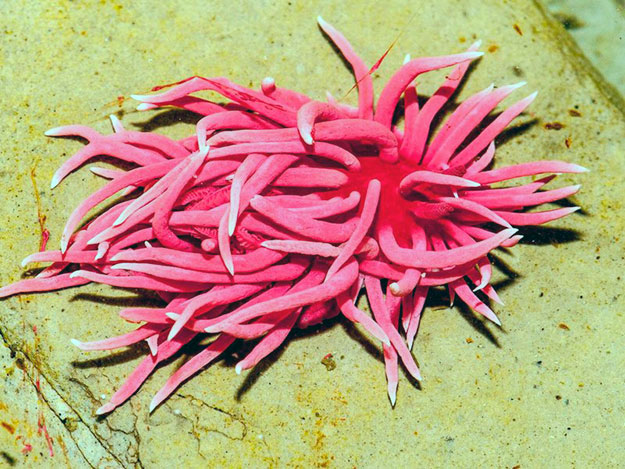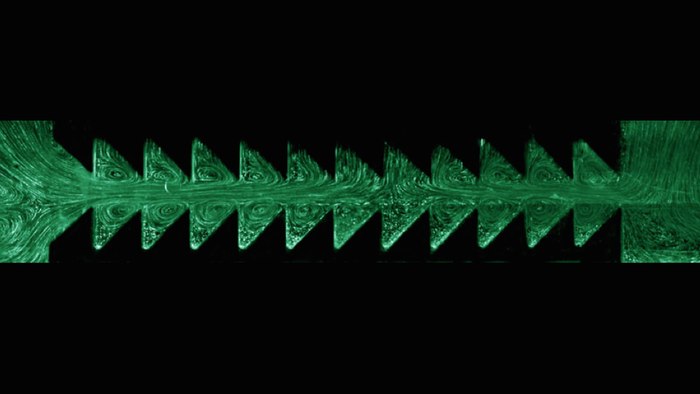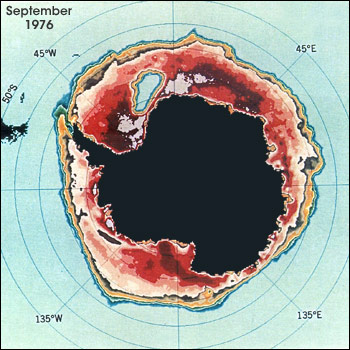They might be fun to look at, but they’re not necessarily good news
Tide pools along the coast of central and northern California are filling up with inch-long, pink Hopkins’ rose nudibranch—a sea slug whose vivid coloring gives it a kind of punk rock appeal.
Scientists are logging dozens of the creatures per square meter, says the University of California, Santa Cruz. The sea slugs, common to the waters of southern California, have not been seen in such numbers in the colder reaches of the state since 1998.
That was when the last big El Nino events contributed to “periods of warmer-than-usual ocean water and heavy rains,” explains Science Codex. But there’s been only weak El Niño effects recently, and only a 50-60 percent chance of related conditions occurring in 2015. So what’s causing the slew of slugs? Read more






